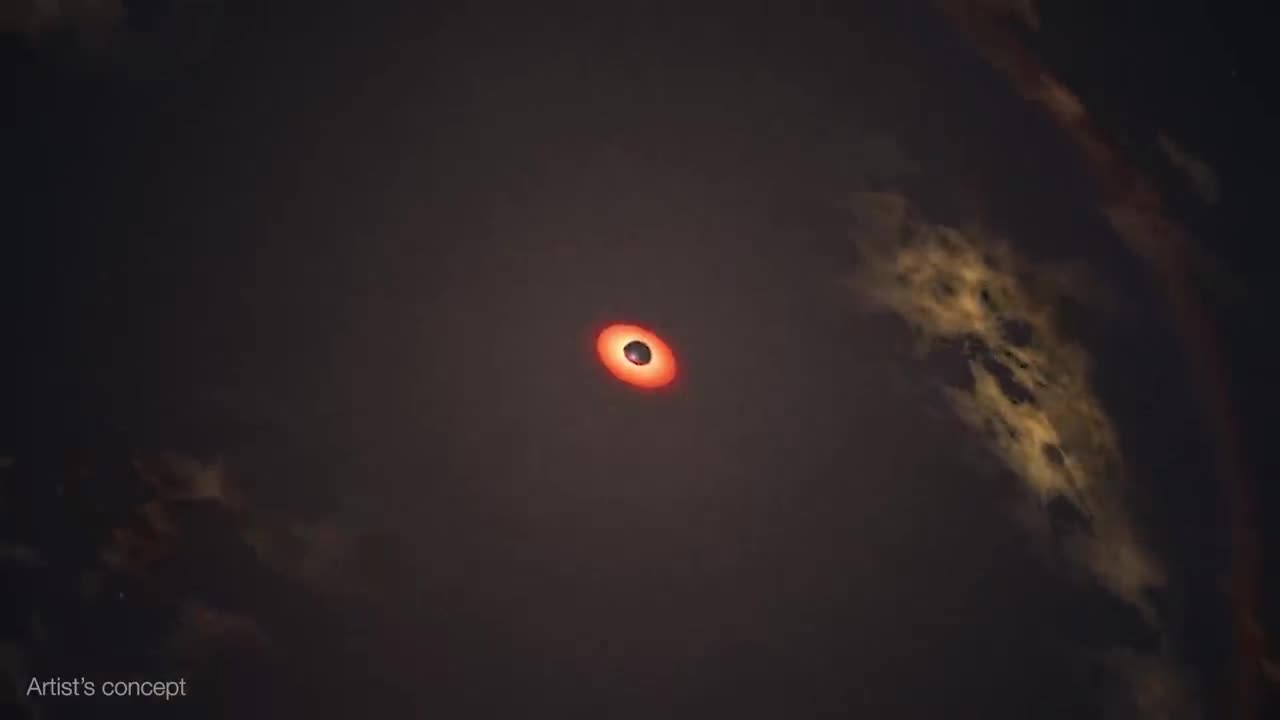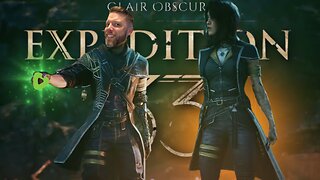Premium Only Content

Black Hole Snack Attack
Using NASA’s Neil Gehrels Swift Observatory, which launched in 2004, scientists have discovered a black hole in a distant galaxy repeatedly nibbling on a Sun-like star. The object heralds a new era of Swift science made possible by a novel method for analyzing data from the satellite’s X-ray Telescope (XRT).
When a star strays too close to a monster black hole, gravitational forces create intense tides that break the star apart into a stream of gas. The leading edge swings around the black hole, and the trailing edge escapes the system. These destructive episodes are called tidal disruption events. Astronomers see them as flares of multiwavelength light created when the debris collides with a disk of material already orbiting the black hole.
Recently, astronomers have been investigating variations on this phenomena, which they call partial or repeating tidal disruptions.
During these events, every time an orbiting star passes close to a black hole, the star bulges outward and sheds material, but survives. The process repeats until the star looses too much gas and finally breaks apart. The characteristics of the individual star and black hole system determine what kind of emission scientists observe, creating a wide array of behaviors to categorize.
On June 22, 2022, XRT captured Swift J0230 for the first time. It lit up in a galaxy around 500 million light-years away in the northern constellation Triangulum. Swift’s XRT has observed nine additional outbursts from the same location roughly every few weeks.
Scientists propose that Swift J0230 is a repeating tidal disruption of a Sun-like star orbiting a black hole with over 200,000 times the Sun’s mass. They estimate the star loses around three Earth masses of material on each pass. This system provides a bridge between other types of suspected repeating disruptions and allowed scientists to model how interactions between different star types and black hole sizes affect what we observe.
Swift J0230’s discovery was possible thanks to a new, automated search of XRT observations called the Swift X-ray Transient Detector.
After the instrument observes a portion of the sky, the data is transmitted to the ground, and the program compares it to previous XRT snapshots of the same spot. If that portion of the X-ray sky has changed, scientists get an alert. In the case of Swift J0230, astronomers were able to rapidly coordinate additional observations of the region.
-
 2:08:05
2:08:05
Badlands Media
1 day agoDevolution Power Hour Ep. 349: Trump’s Geopolitical Gambits, Sports Psyops, and the Regime’s Unraveling
108K101 -
 1:08:36
1:08:36
Man in America
18 hours agoUS, China, Israel & the Battle for the New World Order w/ Boone Cutler
123K126 -
 2:37:49
2:37:49
The Connect: With Johnny Mitchell
1 day ago $13.42 earnedBlackwater Mercenary EXPOSES Private Military War Secrets From The Middle East, Fueling Terrorism
58.5K59 -
 LIVE
LIVE
EXPBLESS
3 hours agoA Rare Sunday Morning Stream (Hunt: Showdown LIVE Gameplay)
452 watching -
 50:20
50:20
Alison Morrow
2 days ago60 Minutes boss resigns, media blames Trump ||Sam Anthony
2.42K6 -
 39:12
39:12
The Dr. Ardis Show
4 days agoThe Dr. Ardis Show | Poison in the Air? Chemtrails | Episode 04.23.2025
7.79K20 -
 43:46
43:46
The Escape Zone
2 days ago $0.07 earnedBiohack Your Body: Unlocking Sustainable Weight Loss and Longevity! With Dr. Basima Williams
1.09K -
 15:09
15:09
John Fredericks Media Network
3 days ago $0.03 earnedElaine Parker & Kirk Elliott: Gold Soars As Governments Freak Out Over Low Reserves; Tax Cuts Or Bust
724 -
 1:09:43
1:09:43
GrassRootsWarriorNetwork
4 days agoYOURNEWS.com - a more vibrant and adaptable media landscape
661 -
 LIVE
LIVE
BSparksGaming
13 hours agoClair Obscur: Expedition 33 First Impressions! Is It THAT Good?
49 watching